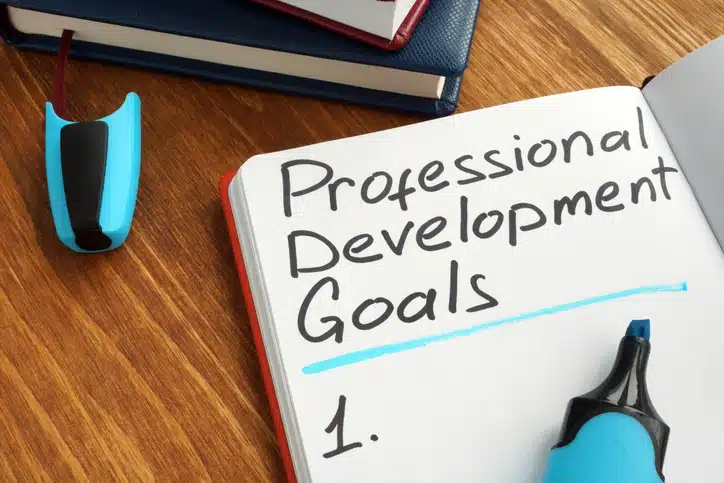I will begin this article by saying I do not profess to be a communication expert. I have failed too many times to be considered an expert. However, surprisingly, numerous peers, team members, immediate bosses, and senior executives have frequently noted communication as one of my top strengths and leadership skills. I have worked with some incredible leaders and role models throughout my career, and I picked up many great tips along the way.
Reflecting on why so many co-workers rated me high in communication, I contribute the many accolades to the relentless effort and focus I devote to improving these skills. I am my largest critic when it comes to communication, and I don’t hesitate to beat myself up when I fail in this area. While in the corporate world, I also frequently solicited feedback from team members and stakeholders on the clarity of my communication, be it a 1:1 conversation, staff meeting, or a large town hall. The team members’ feedback often contained precious nuggets of honest critique, and I would take those lessons learned and make appropriate adjustments going forward.
Want to be a better communicator? Start by practicing active listening. Listen intently to what the other person is saying and then restate a summary of the message for clarity or confirmation. This one habit can have so much impact on others around you. Practicing active listening shows tremendous respect to the other person and conveys that you care about their message and them as a person. I included active listening as the first habit for improving communication because it relates to a typical scenario I have frequently seen during my career and within other organizations. Here is that scenario. The “need to improve communication skills” is identified as an opportunity for a leader. This need may have surfaced from a 360-degree assessment or an employee opinion survey. The ensuing action plan to improve communication skills often specifies “delivery” actions such as working on presentation skills, written communications, or simply keeping others in the loop on matters. Yes, those are important things to address. But when you invest the time to dig deeper and look at the root cause, you often will find the “need to improve communication skills” stems from something more profound. Such feedback often is driven by employees’ experiences or perceptions that their leader doesn’t listen to them or give them a chance to contribute their ideas. Hence, the leader receives low ratings on communication skills. Active listening addresses both of these opportunities. It also removes ambiguity and helps ensure all parties are on the same page.

Let’s also look at another example of active listening using more of a “pull” model than the conventional “push model.” Bear with me, as this may seem a little abstract. I need to provide some important context first. We are all different in so many ways, and some differences are more noticeable than others. The less noticeable differences often can lead to a broad range of interpretations of a single message. Said differently, a group of people can hear the same message and come away with different interpretations. An individual’s past life experiences, among many other factors, can significantly impact how each person interprets meaning from a message. A “pull model” approach to active listening can help identify if there are different interpretations among the group and provide an opportunity to address any misinterpretations. I will share how I used the “pull” model in one of my staff meetings.
I had shared an update on the state of the business and finished it with a simple statement “we need to keep a close eye on expenses.” I sensed my choice of words created some angst among a couple of the team members. The update I shared was more than just business as usual, so I knew I needed to dig deeper into the angst I was sensing. I utilized the “pull” model approach and asked the team, “what did you hear me say” and “what does it mean to you?” The answers generally reflected the information I delivered with a couple of slight variations. However, a couple of team members stated, “we would be laying off people.” To be clear, at no time did I say those words, nor in my mind did I imply layoffs were going to occur. I appreciated the team’s honesty and openness; otherwise, I would have never known that my message came across this way. I asked if they would provide more context on the “laying off people” interpretation. One of my managers referenced their experience at a prior employer where layoffs occurred following a similar statement. Therefore, our company would have layoffs too. Having better understood their interpretation of my ending statement, we talked through my intended meaning and ensured all were on the same page. Doing this quick check and validating an important message helped to avoid misinformation getting out to the company. By the way, that specific situation in which I stated “we need to keep a close eye on expenses” did not lead to layoffs.
Being an active listener played a significant role in my career and leadership development. I gained respect from my bosses, peers, and team members as they could be sure whether I had listened to their communication. Active listening also fostered better relationships and reduced ambiguity, which help to minimize disconnects.
In summary, being a better communicator starts with being a better listener. Active listening is a discipline that can be practiced and lived out daily. Your colleagues, employees, and senior management will notice your active listening habits, and you likely will be identified as someone possessing strong communication skills. Active listening can be contagious, and if practiced widespread, communication throughout the organization also will improve significantly.
Active listening can help you with communication and leadership development. Both areas are near and dear to my heart and at the core of the services I provide. Please feel free to reach out to me via LinkedIn or visit https://end2endwins.com if you would like to learn more about my services and workshops.
This article is the first in a series of three on the topic of improving communication skills.
The second article in the series can be found here.
The third article in the series can be found here.

